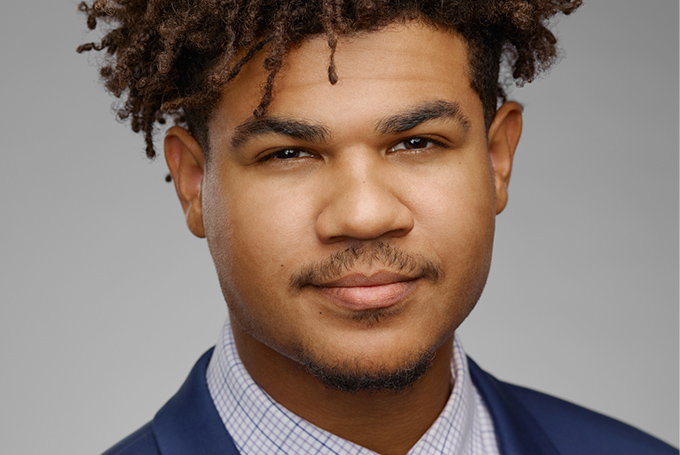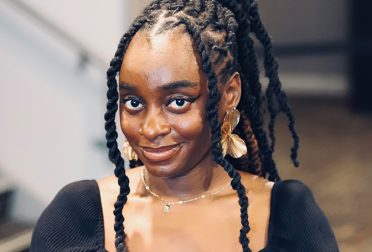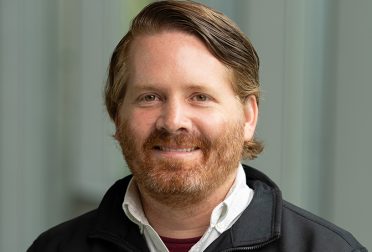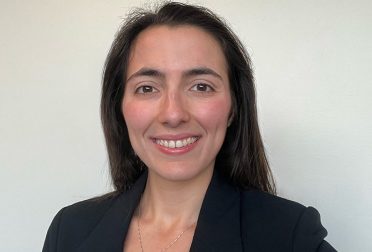Zachary Barnes went straight from his undergraduate degree in mechanical engineering to NASA. He works at the Jet Propulsion Laboratory in Los Angeles, California, and plans to keep working while attending the SDM core class. Zach looks forward to applying what he learns in the classroom to his work, as well as the many options SDM offers for taking the engineering depth and elective courses that are most interesting to him. “The flexibility MIT SDM provides allows me to continue growing as an engineer in industry, which was a huge selling point,” he says. “I can pick the engineering courses that apply to the areas I want to specialize in, but also get the experience I need to be an efficient leader. I knew this was where I wanted to be.”
What brought you to MIT SDM? Why were you interested in an engineering and management degree?
I was looking for a program that enabled me to apply what I’m learning to my current role. I also bounced between wanting to specialize in aerospace engineering or getting an MBA, in case I wanted to start a company in the future. After some careful consideration, I came across MIT’s System Design and Management master’s degree, which was like a sigh of relief. I didn’t have to get two different degrees. I could get everything I need from one. It also lets me continue working while I get my degree, apply what I’m learning to my position, and, in return, apply some of the skills I’ve learned through my job to my program. It seemed to be a very symbiotic relationship.
You said you did mechanical engineering in undergrad. What has your career looked like since then?
I went first to NASA’s Wallops Flight Facility, where I participated in the commercial resupply missions to the International Space Station. I worked on the Antares launch vehicle. It was a very small team of around ten mechanical engineers doing almost all of the integration, test, and launch operations, so I wore a couple of hats. My first role was the responsible engineer for the vehicle’s main engines. That included doing all the testing prior to installing the engines onto the launch vehicles and then conducting the launch procedures. I got to sit on the launch pad, one of the last people to actually see this incredible thing leave the planet. Additionally, as the lead pyrotechnics engineer, I was the person procuring, testing, and arming everything from stage separation to flight termination systems.
A few years into that role, I got the opportunity to come to JPL and start working on the Mars Sample Return [MSR] Mission. It’s a first-of-its-kind mission. I joined the same team that put Perseverance, Curiosity, and Insight on Mars. It was a great opportunity to join this team and learn from these people, and it also gave me more chances to delve into the design side of engineering. I’ve done a lot of integration and test, but being on the other side, where you’re making the decisions that eventually someone will have to integrate and test, gave me a bigger picture understanding of how to be a more well-rounded engineer.
A lot of systems engineering comes out of aerospace. Have you had previous exposure to those concepts? Or have you thought about how a systems approach will help you in your work?
In my current role, I’m doing validation and verification [V&V] of the supersonic parachute for the sample return lander. I’m working closely with the systems engineers for MSR as a whole to make sure that we’re taking a macro-scale look at this system, ensure we’re meeting all the requirements for both the spacecraft and our own subsystem, and seeing where the overlap is between the two. It’s a really interesting project because it’s not only design, it’s a V&V campaign. So, in order to validate this parachute, we’re testing it under the most realistic conditions that we possibly can. We’re building a smaller rocket, sending it up to the edge of space, bringing it back down and opening the parachute in the upper atmosphere on Earth that is the most similar to the descent environment on Mars. Also, because we’re not just doing design for the final launch, we have an accelerated view of a full project life cycle. This means I’m getting my hands into some system-level analysis and seeing how all of these factors kind of fit together.
What are you looking forward to about meeting your new classmates and your new cohort?
It seems like such a diverse and well-rounded group of students. Hearing points of view and perspectives from different realms of engineering, lifestyle, and culture is going to be really interesting. Every person I’ve spoken with so far has had such unique experiences. Being in a collaborative setting and absorbing information from other people will be great. I’ve only been exposed to a niche work environment, so to see how other people have entered the workforce and what they’ve learned is going to be quite cool. I’ve been fortunate enough to see that firsthand a bit in my career as well. Coming from integration and test, and now in a more design-centric setting, I do feel that my voice often ends up being valued. It’s like, “Oh, this is the person who used to put this stuff together. What have you learned on that side that we can apply on the forefront here?” So, seeing that in an educational setting as well is incredibly refreshing and nice.




